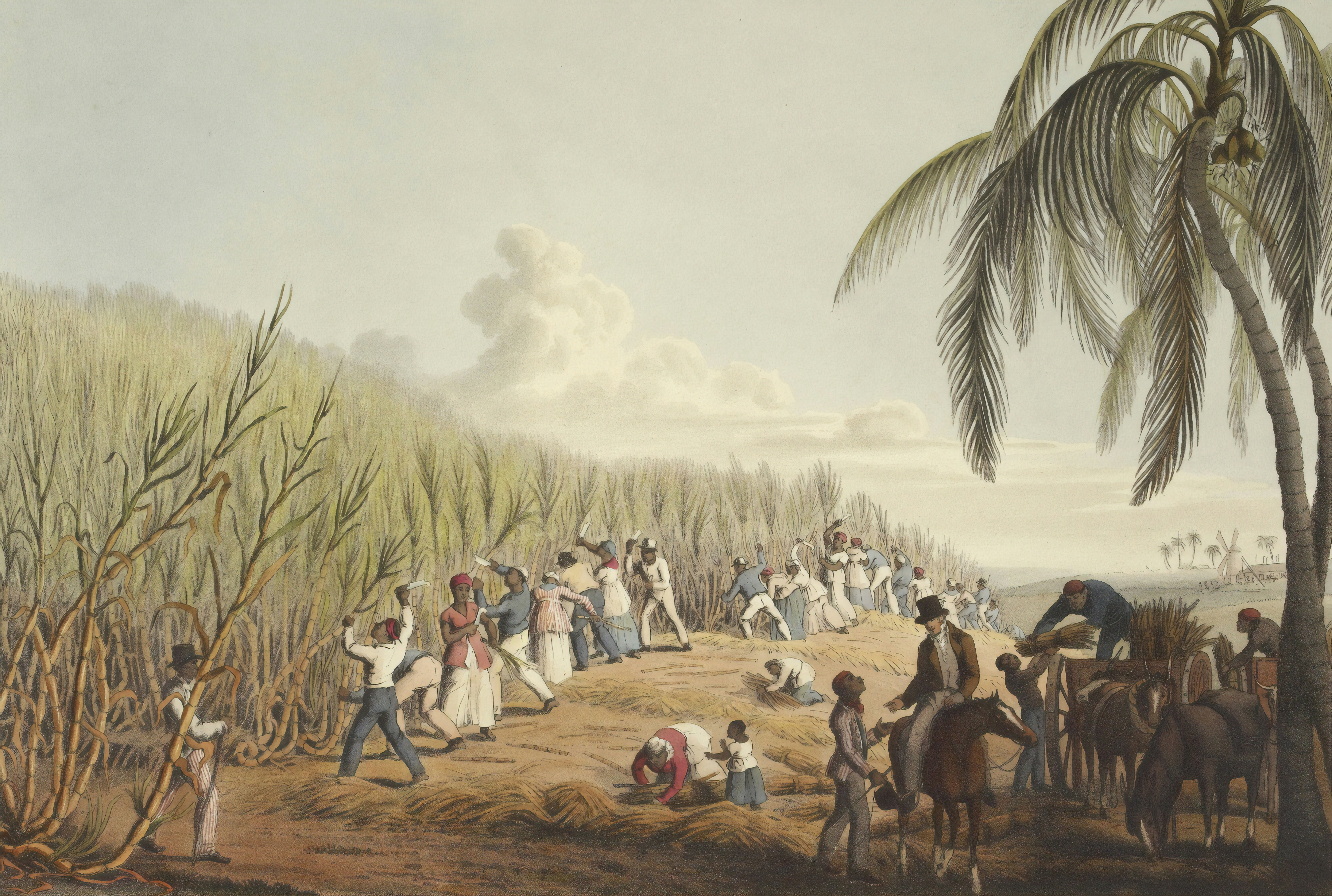
Most bartenders will answer “RUM!” rather quickly and loudly when asked “what’s your favourite spirit?”
The reason for this shall most likely become clearly evident for you within a short while, so we’ll not waste time with it here.
A very New World thing, Rum became a mainstay in Europe after the Dutch and English navy brought it back after their drunken ramblings around the caribbean. Or colonization, call it what you will.
Though, while Rum are thought to first be distilled in the Caribbean, there is evidence that it was first done in Brazil. It is also known that wine made from sugarcane was done in the far east and what we today know as Iran, many thousand years ago. Even the texts of Marco Polo make note of a “very good wine of sugar”.
More precisely rum is made either by byproducts of sugar production, like molasses (what you are left with when the juice is separated from the sugar) or the sugar cane juice itself. This ferments quite well, and is easily turned into a wine of sorts, which is then distilled into a clear distillate that are either sold as white rum, or aged in oak barrels for whatever amount of years you want.
The tropical climate of the caribbean, however, makes ageing a more efficient process, so, in general you might say a year in oak on Cuba equals five years in oak in Scotland. But, apples and oranges, potatoes and whatever.
Rums can be categorized as per the following sub-categories;
Light Rums: Non aged pure distillate. Also known as Silver or White.
Gold Rums: Medium-bodied, medium-aged, often a mixture of Light and Aged, even more often just white rums with added caramel. Also known as Especial.